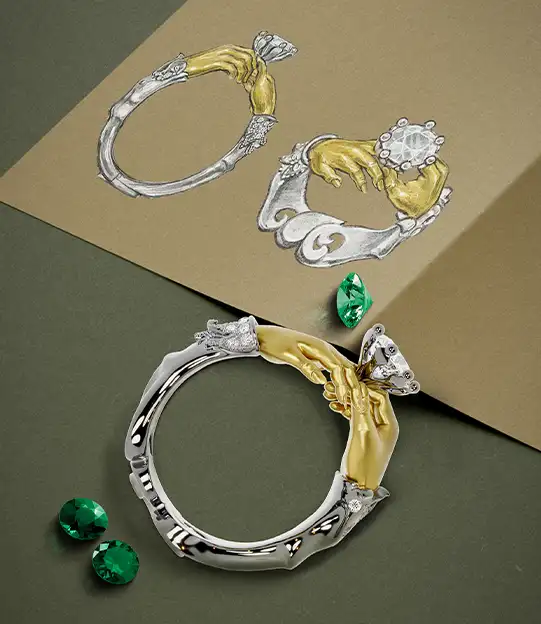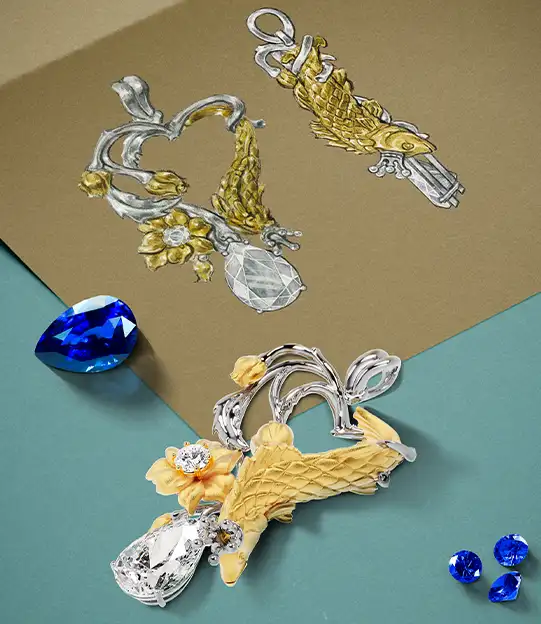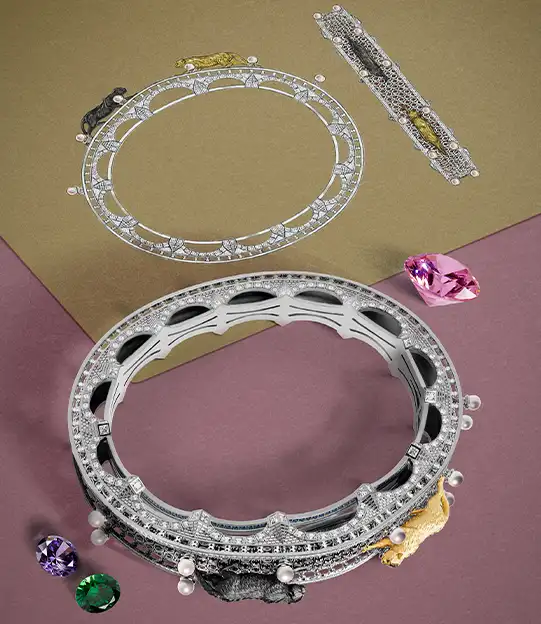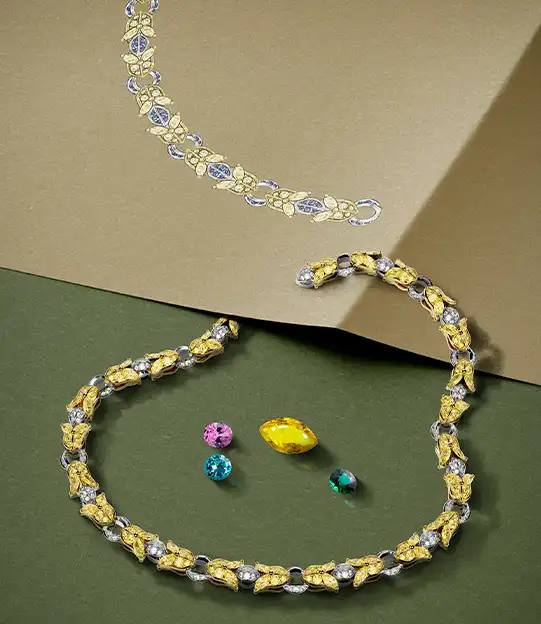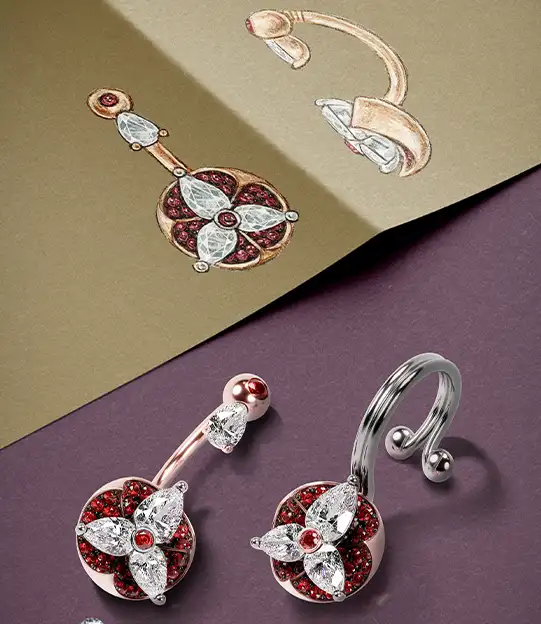Consider yourself lucky if you are already a holder of gold because you just got richer. The value of the precious metal has increased by over 15%, with silver coming in second with about 13%. Investment experts are looking forward to the price of gold growing even further. This expectation is based on the optimistic trend that started in February 2024. Unfortunately, some of the reasons behind this are far from optimistic. Both Ukrainian-Russian and Israeli-Palestinian hostilities have contributed to the higher gold prices. Against the backdrop of geopolitical unrest, the world also suffers from inflation and energy crises. Furthermore, if not handled carefully, central banks’ easing policy may increase inflation even more.
The prices of the yellow metal largely depend on the interest rates. Naturally, when they increase, the demand for gold decreases and vice versa. The former dynamics are very typical for the investment environment of 2022 and 2023, while the latter has been observed in the current year. According to Chirag Mehta, CIO, of Quantum Mutual Fund, gold prices might be unstable in the coming months. Specialists predict a bit of seesaw dynamics due to the turbulent geopolitical situation in the world. With this being said, the overall trend is going to be quite positive.
A strong buying interest created by different countries seeking to increase their bullion reserves has also played into the high prices of gold. Some major holders of the US Dollar are now transitioning to gold in the hopes of securing their high financial performance. The de-dollarisation trend emerged in the wake of the freezing of Russian reserves due to sanctions.
Raj Khosla, Director of MyMoneyMantra states that gold has become one of the most optimal types of investment today. It will perform as a great asset if the inflation continues to balloon, yet will also do well in a more stable economy. Who would have thought, investing in gold might be the best of two worlds, after all? The most recent DSP Mutual Fund report almost surely predicts an increase in the value of all precious metals, including gold, silver, and platinum.
We hope this article hasn’t put you into a full-blown gold rush mode, otherwise, you should cool off. The telltale sign of a good investor is their level head. The most sensible approach dictates you shouldn’t devote more than 15% of your portfolio to gold. According to Vidya Bala, one of the founders of PrimeInvestor, buying the yellow metal when it’s in the highest demand might not be the most effective allocation of your resources, after all. Making a significant investment in the bull market environment may backfire because gold is a price-reflexive asset that does not perform well under high investment demand.
Economists encourage investors to consider gold as their backup plan, not the go-to option when it comes to adding something new to their portfolio. They might hold it for the sake of keeping different types of assets (the proverbial eggs in more than one basket). Such a multi-asset approach became particularly popular after the pandemic when the world realized we need to be more flexible (just in case we have another calamity to deal with on a global scale). Some of the biggest multi-asset players are living examples proving that this strategy works. Starting from 2022, ICICI Prudential Multi-Asset Fund has received an average annual return of over 25%, by far surpassing most pure-equity players.

Prior to making any serious financial decisions, it’s crucial to check local and global tax regulations on different fund types. Regular slab rates apply to multi-asset investments, while several pure-equity funds will enjoy reduced rates. Thus, keeping your proverbial eggs in different baskets may perform better tax-wise. Also, keep in mind that long-term gains are exempt from taxes, while short-term ones are taxed at the 15% rate (if they are up to Rs.1 lakh).
One of the most popular bonds linked to the price of 1 gram of the yellow metal is SGB (Sovereign Gold Bonds). Given that their maturation term is 8 years and they were issued in 2015, some early investors have already enjoyed their full benefits. A stable 2.5% annual interest rate coupled with the lack of taxation on capital gains presents quite a tempting offer. However, if you’d like to seize this opportunity, you mustn’t withdraw any SGB bonds for 8 years. Thus, only strategic and far-sighted individuals seeking to invest in their distant future would find this program beneficial. Overall, this is considered one of the safest investment options associated with gold.
If you have a shorter financial perspective but are still interested in gold, there are some appealing options for you, too. Mutual funds and ETFs are a great short-term alternative to SGBs. Like almost any asset, you can purchase the latter at stock exchanges provided that you have an account with brokerage. They are very flexible and can be sold at any time in case you change your mind or need to invest in something else. Till last year, such assets promised additional tax perks, however, they are now taxed at the regular slab rate. If you don’t want to bother with buying ETFs, you can consider the former option – mutual funds. In this case, you need to pay a special fee to the fund managers who purchase these ETFs on your behalf and manage them in a Dematerialized account.
Given the promising future of gold assets, you might wonder whether it’s a good idea to invest in physical gold and jewelry. Most experts criticize this strategy saying manufacturing and storage charges will eat away a significant part of the money you put in (not to mention the added cost jewelry makers put on their products). On the other hand, if you invest in jewelry, you get to wear it and show off your status as well as your sense of personal style. That’s where we come in. Rest assured, with Olertis Jewelry, you’ll get your money’s worth and will add one of the most stunning custom pieces to your collection. In conclusion, it’s only up to you what kind of investment you will make. We don’t know exactly how the investment landscape will change, but gold investments’ general performance remains quite optimistic.

